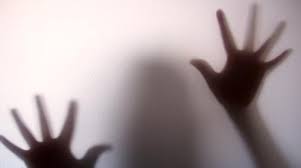Washington, Mar 18: A study reveals that girls, who experience physical abuse early in life, may hit puberty eight to 12 months earlier than their non-abused peers, thus increasing their chances of developing depression, substance abuse and teenage pregnancy.

According to researchers, sexual abuse in particular forces the children to physically mature at a faster rate, which is linked to breast and ovarian cancers due to the increased exposure to the hormone estrogen over a longer period.
"Though a year's difference may seem trivial in the grand scheme of a life, this accelerated maturation has been linked to concerning consequences, including behavioural and mental health problems and reproductive cancers," said researcher Dr Jennie Noll from Child Maltreatment Solutions Network.
"High-stress situations, such as childhood sexual abuse, can lead to increased stress hormones that jump-start puberty ahead of its standard biological timeline," Dr Noll explained.
The study, conducted at Pennsylvania State University, compared the pubescent trajectories of 84 females with a sexual abuse history and 89 of their non-abused counterparts.
They tracked from pre-puberty to full maturity via a system known as Tanner staging and looked at pubic hair and breast development as two separate markers for pubescent change.
The girls were placed on a numbered scale from one to five: one marked prepubescence and five marked full maturity.
The findings indicated that girls with histories of sexual abuse were far more likely to transition into high puberty eight months stages earlier than the girls not abused.
When physical maturation surpasses psychosocial growth in this way, the mismatch in timing is known as maladaptation.
They believe the findings add to the current body of work, thereby highlighting the role of stress in puberty.






Comments
Add new comment